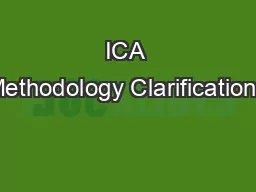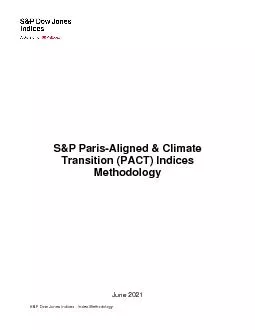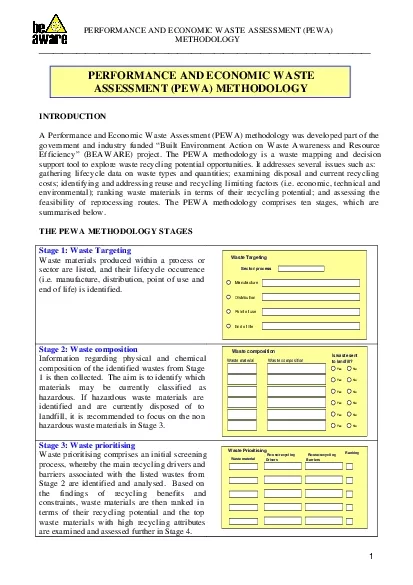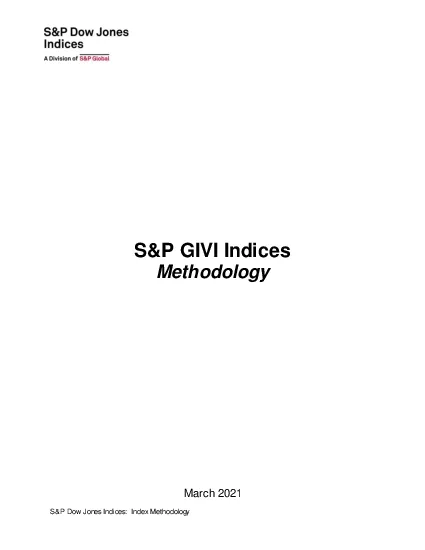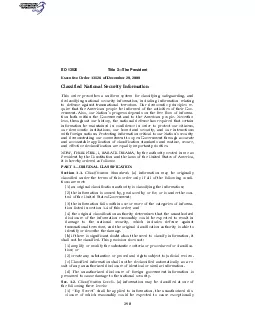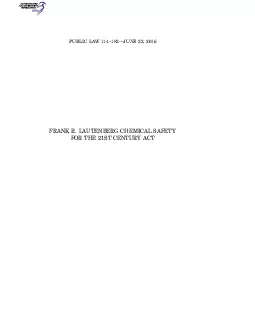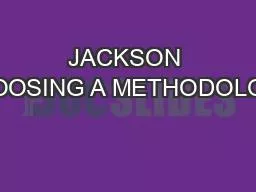PPT-23 Sep Methodology of the class
Author : karlyn-bohler | Published Date : 2019-11-19
23 Sep Methodology of the class 30 Sep What is the religion Theories on origin of the religions animism hedonism revelation etc Basic features of major religions
Presentation Embed Code
Download Presentation
Download Presentation The PPT/PDF document "23 Sep Methodology of the class" is the property of its rightful owner. Permission is granted to download and print the materials on this website for personal, non-commercial use only, and to display it on your personal computer provided you do not modify the materials and that you retain all copyright notices contained in the materials. By downloading content from our website, you accept the terms of this agreement.
23 Sep Methodology of the class: Transcript
Download Rules Of Document
"23 Sep Methodology of the class"The content belongs to its owner. You may download and print it for personal use, without modification, and keep all copyright notices. By downloading, you agree to these terms.
Related Documents



